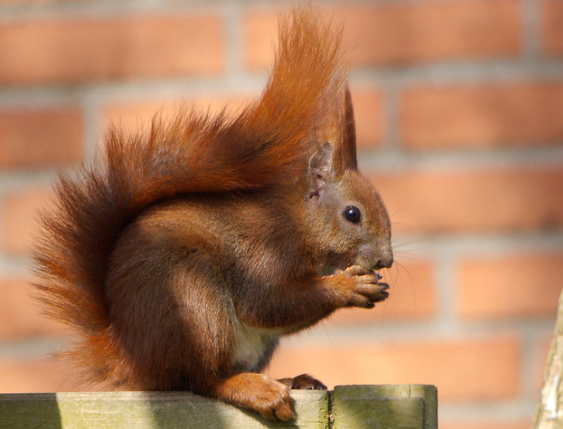Urban nature refers to the presence of natural elements within urban areas, including parks, gardens, trees, and green spaces. The importance of urban nature has become increasingly recognized in recent years, as cities around the world face growing environmental challenges such as air pollution, climate change, and biodiversity loss.
One of the key benefits of urban nature is its ability to improve the health and well-being of urban residents. Studies have shown that exposure to green spaces can reduce stress and anxiety, improve cognitive function, and even lower blood pressure and rates of depression. Urban nature also provides opportunities for physical activity, which can help to combat obesity and other health problems.
In addition to its health benefits, urban nature also plays an important role in environmental sustainability. Green spaces within cities help to reduce the urban heat island effect, which occurs when built-up areas absorb and radiate more heat than surrounding rural areas. Trees and other plants within urban areas also help to absorb carbon dioxide, which is a major contributor to climate change.
Moreover, urban nature provides important habitats for wildlife in cities. As more and more natural areas are destroyed to make way for urban development, the importance of preserving and creating green spaces within cities becomes even more critical. By providing habitats for birds, insects, and other wildlife, urban nature helps to maintain biodiversity and promote ecological balance.


There are many ways in which cities can promote and enhance urban nature. One approach is to create more parks and green spaces within urban areas. This can involve converting unused or underutilised land into parks, or retrofitting existing urban areas to include more greenery. Cities can also encourage the planting of trees and other vegetation along streets and in other public spaces.
Another approach is to promote urban agriculture, which involves growing food in urban areas using techniques such as rooftop gardens, community gardens, and hydroponic farming. Urban agriculture not only provides fresh, healthy food for urban residents, but also helps to promote biodiversity and reduce the carbon footprint of food production.
Cities can also promote sustainable transportation options, such as walking and biking, which can help to reduce air pollution and traffic congestion. By creating safe and accessible walking and biking routes, cities can encourage residents to spend more time outside and enjoy urban nature.

🎥 (7:52) This urban farm makes a tonne of veggies every year 💗🌱 | Everyday | ABC Australia
The Fruit Nerd, Thanh Truong, heads to an urban farm run by horticulturalist Clare Harvey, where she grows over a tonne of produce every year using techniques any home gardener could learn.
Finally, cities can work to educate residents about the importance of urban nature and encourage them to take action to protect and enhance it. This can involve hosting events and workshops, providing resources and information about urban nature, and working with local schools and community organisations to promote environmental education.
In conclusion, urban nature plays an important role in promoting the health and well-being of urban residents, supporting environmental sustainability, and preserving biodiversity in cities. By creating more green spaces, promoting urban agriculture, encouraging sustainable transportation options, and educating residents about the importance of urban nature, cities can help to create healthier, more sustainable, and more livable urban environments.
🌲🌳🌴🎋
FURTHER READING






Comments